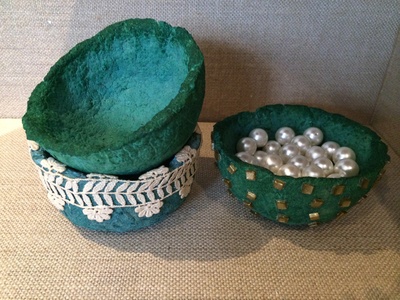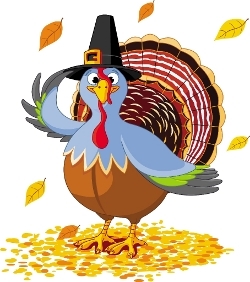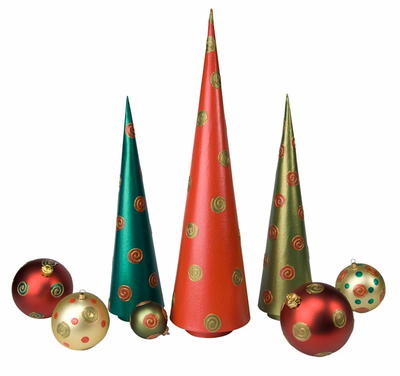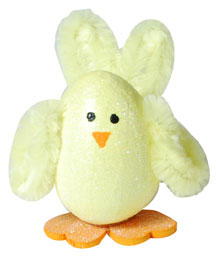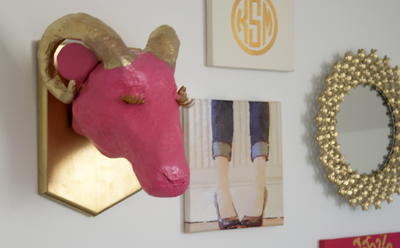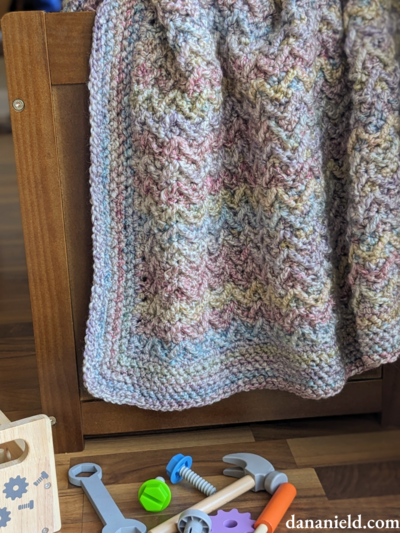Papier Mache Continued: How to Papier Mache
Once you have the proper paste mixture, you can begin to papier mache.
How to Papier Mache
- If you want to use a mold, such as a milk jug, plate or bowl, cover the object in plastic cling film first so that the papier mache does not stick to it. The cling film may leave a slight texture in the papier mache. You can also cover the object in Vaseline or dish liquid first, but these will leave a residue on the papier mache. If using a balloon or other disposable item (such as trash bags stuffed with newspaper and wrapped with tape), you can skip this step. If you do not want to use a mold, you can make a sculpt-able “pulp” by soaking the newspaper strips in water overnight. In the morning, drain this water and add boiling water. Simmer for 30 minutes. Drain the water again and stir to break it up further. Add glue to form a clay-like pulp.
- Tear the newspaper into long, narrows strips along the grain. (The newspaper fibers run in one direction.) The strips should be somewhere around an inch in width.
- Dip the strips into the glue and remove excess by running the strip between your index finger and thumb. You can also use a paintbrush to coat both sides of the strip with glue.
- Drape the strip across your mold and smooth down to remove any air bubbles. As you continue to add strips, slightly overlap them.
- Cover the mold with no more than three layers and allow the papier mache to dry. One layer will at least take overnight to dry, but several will take up to a few days. Add more layers after the first is dry.
- When completely dry, coat with a layer of gesso or several coats of emulsion paint, and let dry.
- Now you can paint and decorate your papier mache however you wish.
Read on for papier-mache craft projects.
Read NextThanksgiving Turkey Pinata


